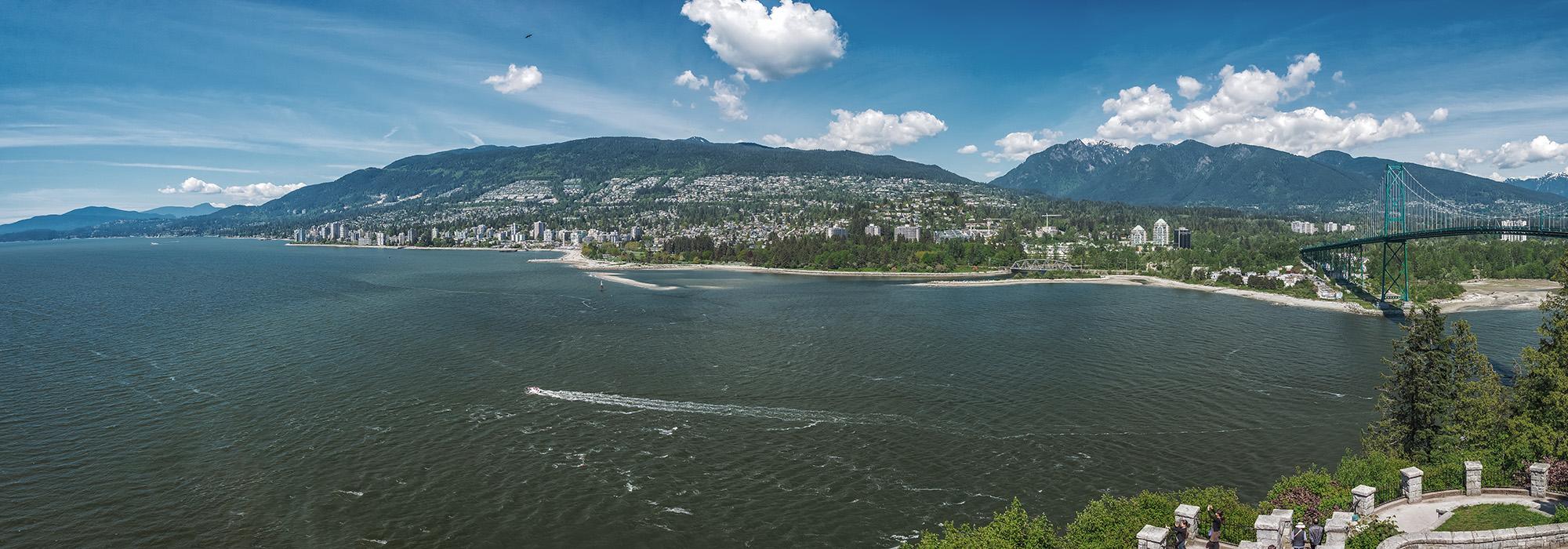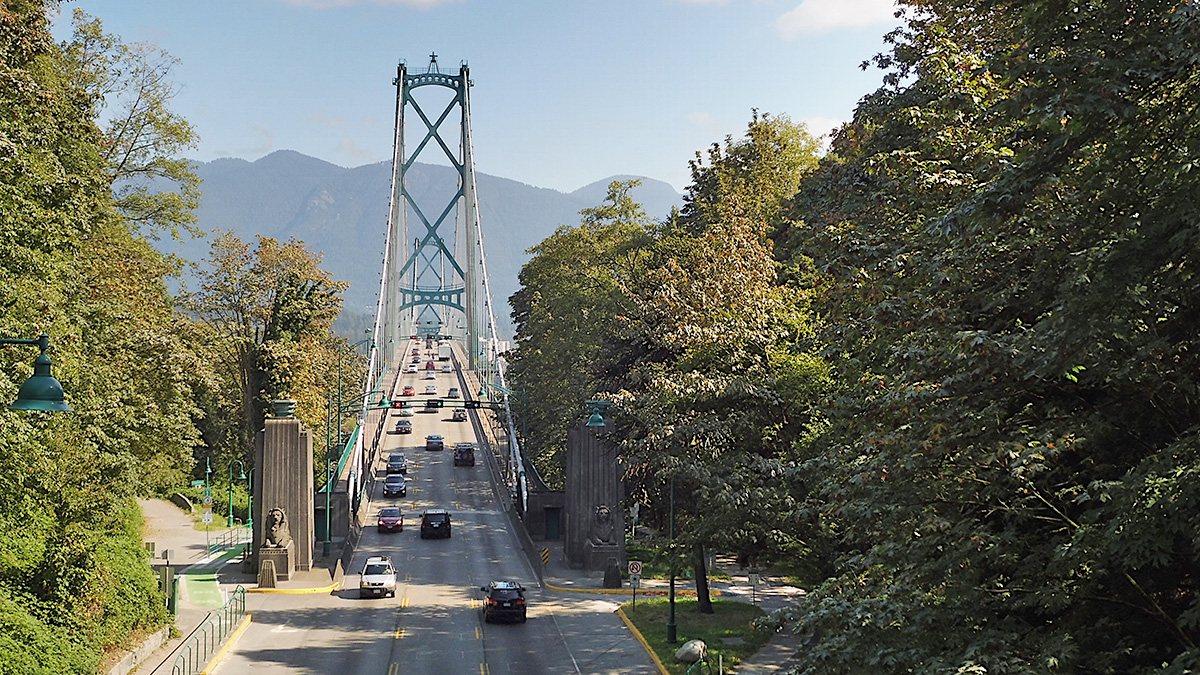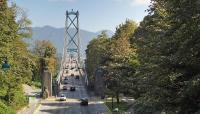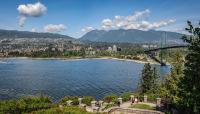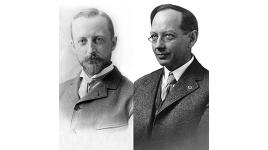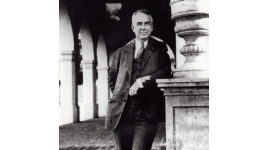Landscape Information
In 1931 James Dawson, Olmsted Brothers firm partner, met with Alfred J. T. Taylor, engineer, entrepreneur, and Vancouver native, then working in London representing British Pacific Properties, Ltd., to discuss that company’s purchase of 4,000 acres of sloping, thickly wooded land in temperate West Vancouver, from the Capilano River to Horseshoe Bay. Underwritten by numerous investors, the intent was to develop these panoramic parcels into high-end residential communities with amenities. The area was to be called Capilano, from a First Nations name meaning “beautiful river.”
Dawson advised the syndicate to buy out “in-holdings” to have full control, and to acquire beachfront property for a range of opportunities. Between 1931 and 1937, the Olmsted firm, together with Canadian golf architect Stanley Thompson, laid out Capilano Estates and the Capilano Golf and Country Club on 1,100 acres. Curving, north–south roads on manageable grades were carved out of virgin forests along the steep slopes, providing for uphill and downhill house sites, with views toward water or mountains. They retained acreage for schools and community amenities and protected watercourses with surrounding parkland. The Olmsted firm’s layout essentially remains to this day.
Olmsted Brothers also consulted on the construction of the nearby Lions Gate Bridge from 1933 through 1937. The 5000-foot-long steel cable suspension bridge designed by Monsarrat and Pratley opened in 1939 and connects Vancouver and West Vancouver. Olmsted Brothers made recommendations to realign traffic interchanges, particularly around Lost Lagoon.
Dawson also planned Taylor Way as a distinctive entry point--an ascending, broad, straight, tree-lined boulevard, offering downhill vistas to the Lions Gate Bridge and across Burrard Inlet. He envisioned a substantial plaza as the uphill terminus. Such expenditure was rejected by stockholders, resulting in the extant Taylor Way boulevard ending with a nondescript traffic circle. Implementation of the full eighteen-hole golf course according to Thompson’s layout, with significant clubhouse facilities, was truncated by budgetary concerns, though the course remains a challenging par seventy-one with undulating greens lined with firs. The Lions Gate Bridge was designated as a Historic Site of Canada in 2004.



